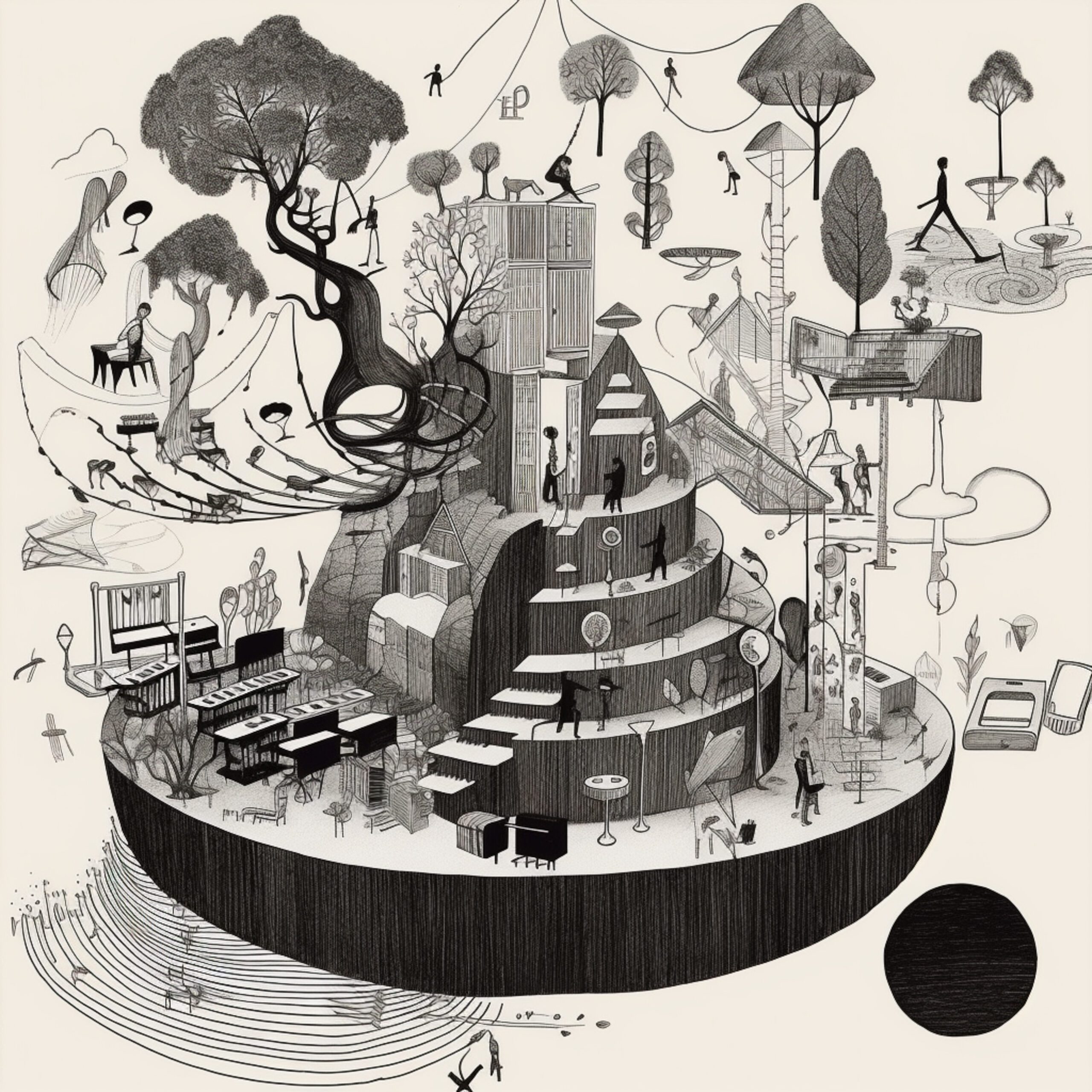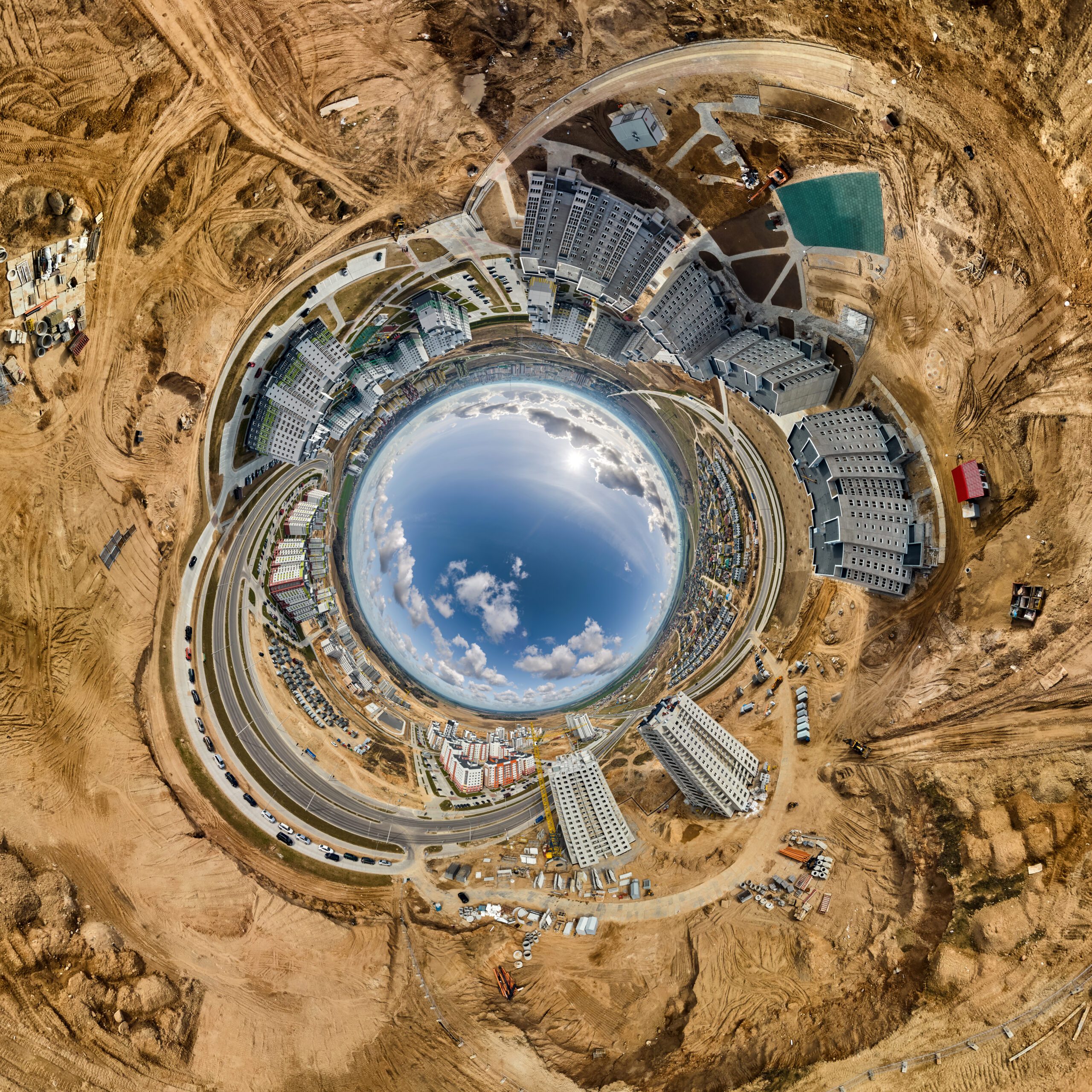The Indus Valley civilization, often regarded as one of the world’s oldest urban civilizations, left behind a remarkable legacy of urban planning and engineering. Among its many achievements, one stands out as a testament to their advanced understanding of urban hygiene—the drainage system of Mohenjo-Daro.

- The Urban Jewel of the Indus Valley: Mohenjo-Daro, a city located in what is now modern-day Pakistan, was one of the crown jewels of the Indus Valley civilization. Flourishing around 2500 BCE, it boasted a level of urban development that was unparalleled in its time.
- The Importance of Hygiene: Central to the success and longevity of Mohenjo-Daro was its sophisticated drainage system. This system was a reflection of the civilization’s commitment to hygiene and the well-being of its inhabitants.
- Advanced Sewerage Infrastructure: At the heart of Mohenjo-Daro’s drainage system were underground sewers that ran beneath the city’s streets. These were not rudimentary channels but a network of well-engineered underground pipes.
- Every House Had Access: One of the most remarkable aspects of Mohenjo-Daro’s drainage system was its accessibility. Virtually every house in the city had a connection to this advanced sewerage infrastructure.
- Waste Disposal Efficiency: Waste disposal was an efficient process in Mohenjo-Daro. The advanced sewerage system ensured that waste from households was directed into covered gravity sewers, which lined the major streets of the city.
- Municipal Planning: What sets Mohenjo-Daro apart is the comprehensive planning of its drainage system. It wasn’t a mere afterthought; it was an integral part of the city’s design. The streets themselves were raised to accommodate the underground pipes.
- Urban Cleanliness: The layout of the city and the efficiency of its drainage system contributed to urban cleanliness. Streets were kept clean, and waste was safely transported away from living areas.
- The Great Bath Connection: Mohenjo-Daro’s most famous structure, the “Great Bath,” is often cited as an example of the civilization’s advanced understanding of water management. The Great Bath is believed to have been part of a larger ritual complex and is connected to the city’s drainage system.
- Engineering Prowess: Mohenjo-Daro’s drainage system reflects the engineering prowess of its builders. The precise construction of underground pipes and the systematic design of the network highlight their expertise.
- Legacy of Sanitation: The drainage system of Mohenjo-Daro left a lasting legacy. It serves as an early example of urban sanitation and waste management. Its influence can be seen in the subsequent development of drainage and sewage systems in civilizations around the world.
In summary, Mohenjo-Daro’s advanced drainage system is a testament to the sophistication and urban planning skills of the Indus Valley civilization. It demonstrates their deep understanding of the importance of sanitation and waste management in maintaining a thriving urban center. The legacy of this ancient system continues to inspire modern urban planners and engineers as they work to create cleaner, more efficient cities.



